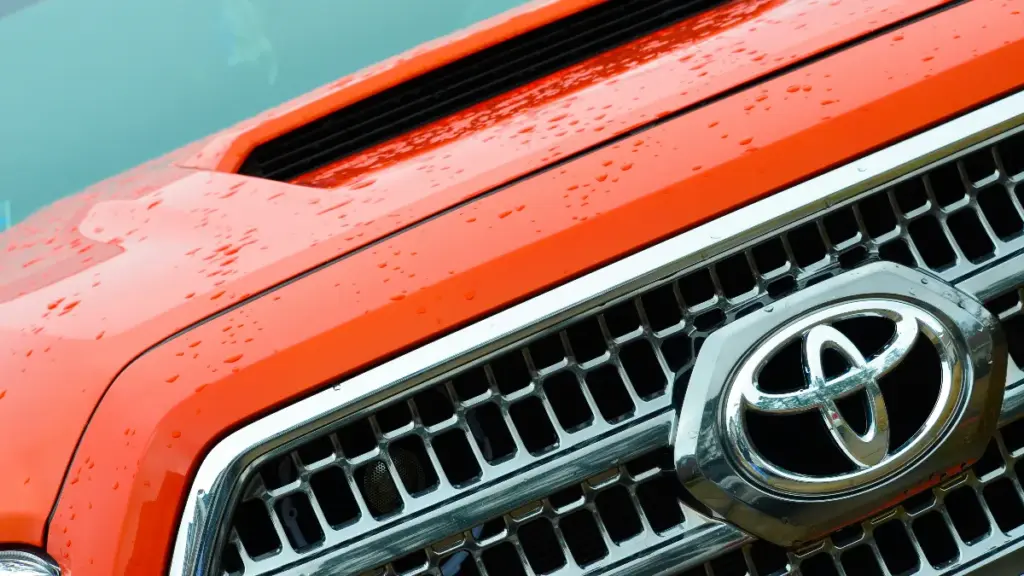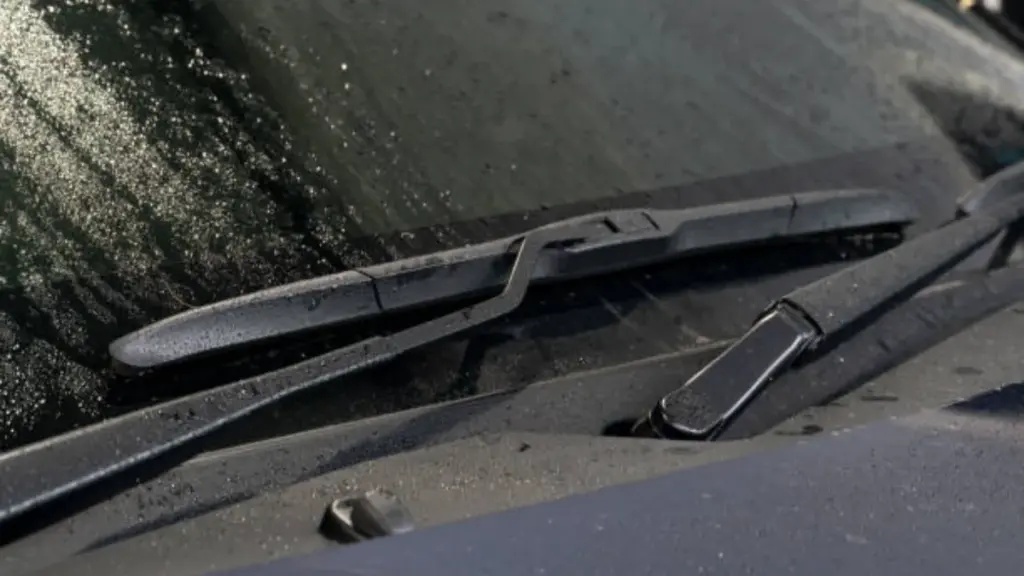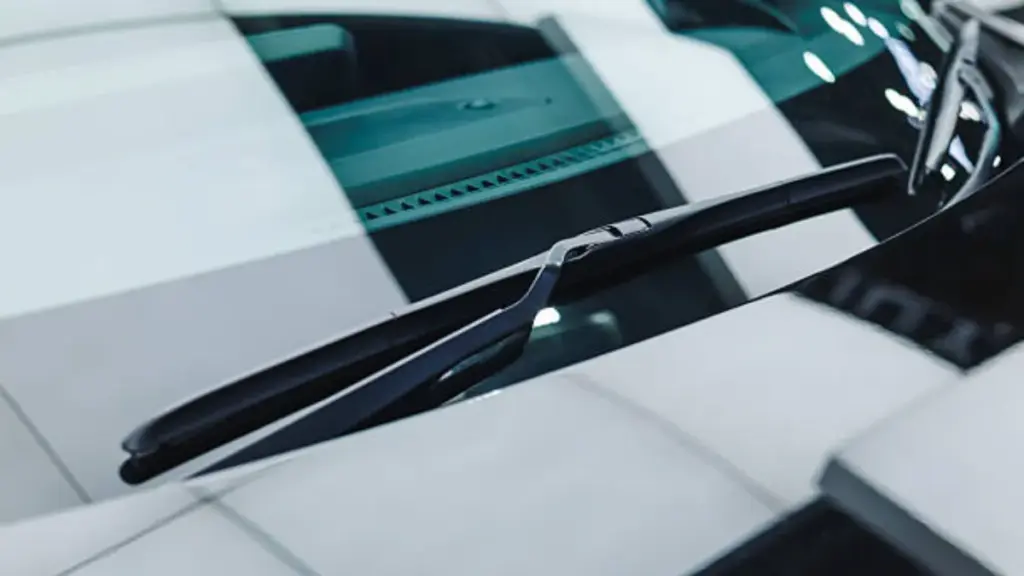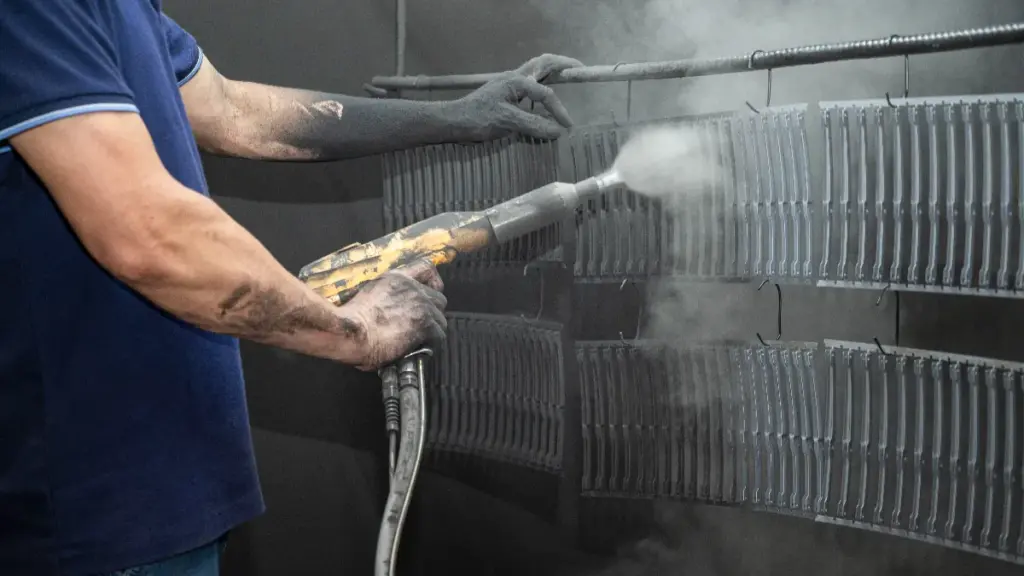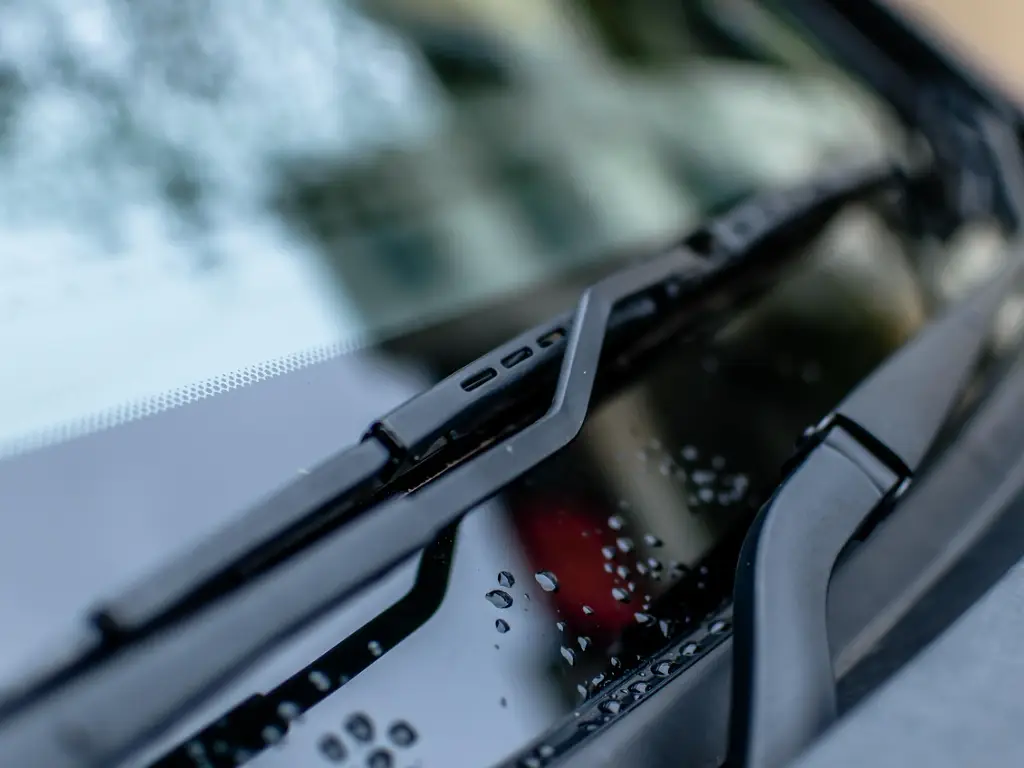Die Beschichtung von Wischblättern kann die Leistung erheblich beeinflussen, Haltbarkeit, und Fahrsicherheit. Die richtige Beschichtung sorgt für eine klare Sichtbarkeit, reibungsloser Betrieb, und lang anhaltende Leistung. In diesem Artikel, Wir werden die drei häufigsten Beschichtungen erkunden - Grafit, Teflon, und Silikon - und geben Anleitungen für Fahrer, OEMs, und Einzelhändler.
Was sind Wischerblattbeschichtungen und warum sind sie wichtig??
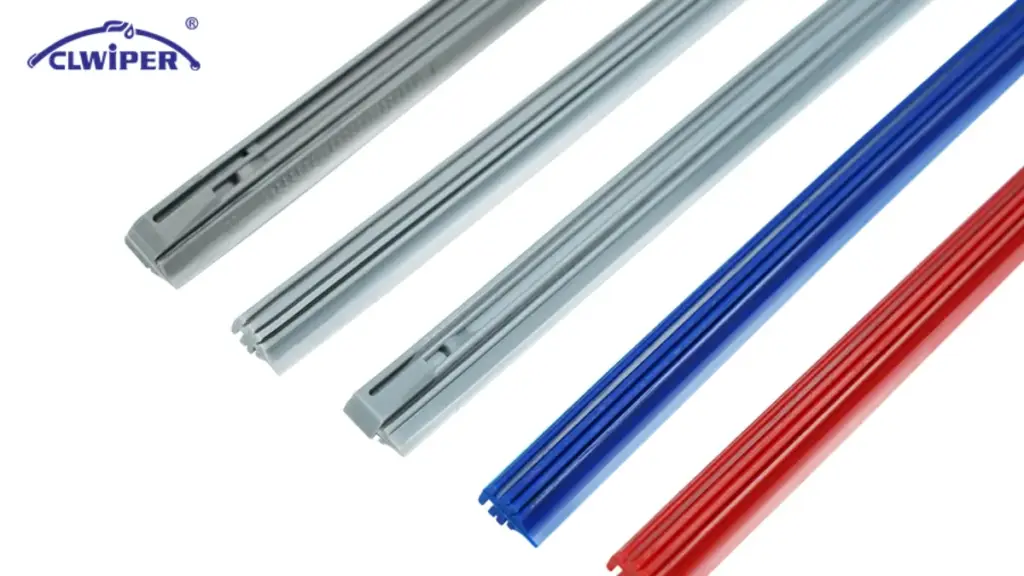
Wischerblattbeschichtungen sind dünne Schichten,. Ihr Hauptzweck ist es, die Reibung zu verringern, Schützen Sie den Gummi, und Verbesserung der Effizienz der Wasserabgabe. Beschichtungen verbessern auch die Lebensdauer der Klinge und beeinflussen den Geräuschpegel während des Betriebs.
Aus Markt- und Branchensicht, Die Bedeutung von Wischblattbeschichtungen zeigt sich in mehreren Schlüsselbereichen:
- Verbessertes Verbrauchererlebnis: Hochwertige Beschichtungen verbessern die Wischleistung, Streifen reduzieren, und Geräusche minimieren, direkte Auswirkungen auf die Zufriedenheit der Fahrer. Dies ist besonders wichtig, da die Verbraucher die Sicherheits- und Komfortmerkmale in ihren Fahrzeugen zunehmend priorisieren.
- Anpassung an elektrische und intelligente Fahrzeuge: Mit dem Aufstieg von elektrischen und intelligenten Fahrzeugen, Es gibt eine wachsende Nachfrage nach fortschrittlichen Wischleitungssystemen. Beschichtungen spielen eine wichtige Rolle, um sicherzustellen, dass diese Systeme unter verschiedenen Wetterbedingungen optimal funktionieren, Erfüllen Sie die höheren Standards, die von modernen Fahrzeugdesigns festgelegt werden.
Graphit vs. Teflon vs. Silikonwischerblätter: Ein Nebenseitigkeitsvergleich
| Beschichtung | Gleitende Glätte | Haltbarkeit | Lärm | Wetterwiderstand | Kosten |
| Graphit | Mäßig | Medium | Niedrig | Medium | Niedrig |
| Teflon | Hoch | Hoch | Sehr niedrig | Hoch | Medium |
| Silikon | Sehr hoch | Sehr hoch | Niedrig | Sehr hoch | Hoch |
Was ist Graphitbeschichtung?
Die Graphitbeschichtung basiert auf Kohlenstoffatomen, die in einem Schicht angeordnet sind, Planare Struktur. Seine molekulare Struktur ermöglicht eine geringe Reibung zwischen Klinge und Windschutzscheibe, Dies ermöglicht ein glatteres Wischen. Die Kohlenstoffschicht ist chemisch inert, Bereitstellung eines mäßigen Widerstands gegen UV -Licht und Ozonabbau.
Graphit beschichtete Wischerblätter sind erschwinglich und werden sowohl in Aftermarket- als auch in OEM-Anwendungen weit verbreitet.. Sie gleiten reibungsloser als einfacher Gummi, Streifen reduzieren, und in moderaten Klimazonen gut abschneiden. Jedoch, Bei Gefriertemperaturen, Graphit kann leicht härten, Dies kann seine Wirksamkeit verringern und die Lebensdauer verkürzen.
Vor- und Nachteile von Graphit beschichteten Scheibenwischblättern
Profis:
- Kostengünstig für Flotten oder budgetbewusste Treiber.
- Reduziert das Streifen im Vergleich zu unbeschichteten Klingen.
- Leicht verfügbar und weit verbreitet.
Nachteile:
- Mäßige Haltbarkeit (Typischerweise 6–8 Monate).
- Leistungsabfälle in extremer Kälte.
- Kann etwas lauter sein als Teflon- oder Silikonschaufeln.
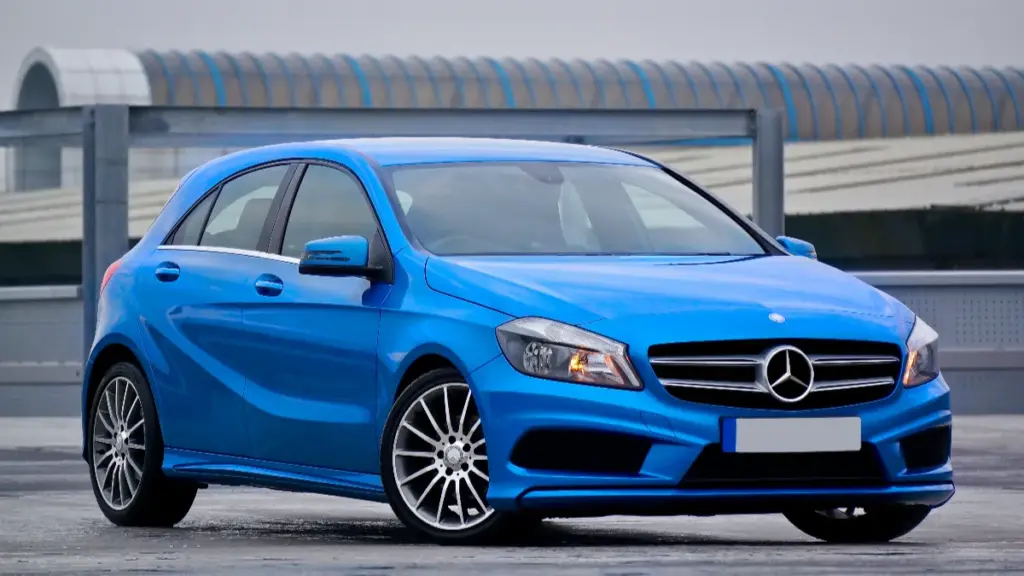
Was ist Teflonbeschichtung?
Die Teflonbeschichtung wird aus Polytetrafluorethylen hergestellt (Ptfe), Ein synthetisches Polymer, das für seine extrem geringe Oberflächenenergie und chemische Stabilität bekannt ist. Die molekularen Ketten von PTFE lassen die Klinge mit minimaler Reibung über Glas gleiten, während des Widerstands gegen chemischen und UV -Schäden.
Teflon beschichtete Klingen sorgen für glatt, Ruhiger Betrieb und bessere Haltbarkeit als Graphit. Sie bewahren im Laufe der Zeit Flexibilität auf und bewältigen mittelschwere Schnee und Regen effizient. Die Beschichtung schützt Gummi vor Oxidation, Die Gewährleistung der Klinge bleibt für längere Zeiträume elastisch und wirksam.
Vor- und Nachteile von Teflon -Scheibenwischblättern
Profis:
- Glatt, Ruhige Leistung.
- Gute Haltbarkeit, dauert zu 12 Monate.
- Griffe vielfältige Wetterbedingungen gut.
Nachteile:
- Höhere Kosten als Graphit.
- Nicht so langlebig wie Silikon in extremer Hitze.
- Leicht reduzierte Elastizität bei sehr kalten Temperaturen.
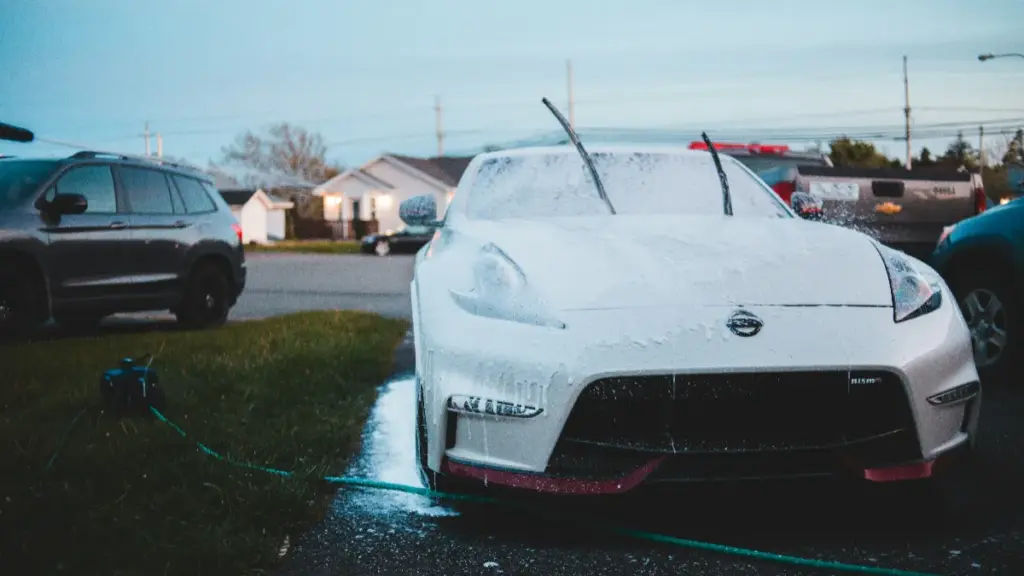
Was ist Silikonbeschichtung?
Silikonbeschichtung wird aus Polysiloxanpolymeren hergestellt, die aus alternierenden Silizium- und Sauerstoffatomen in einem flexiblen Rückgrat bestehen. Diese Struktur bietet außergewöhnliche Elastizität, Wärmestabilität, und Widerstand gegen Umweltfaktoren. Die molekularen Eigenschaften ermöglichen es mit Silikon beschichteten Klingen, den kontinuierlichen Kontakt mit der Windschutzscheibe aufrechtzuerhalten, sogar unter extremen Temperaturen oder starkem Regen.
Silikonbeschichtete Wischerblätter sind Premium-Produkte, liefern ultra-glatt, ruhiges Wischen. Sie hinterlassen auch ein dünn, Schutzschicht am Glas, Dies verbessert die Wasserperlen und die Sichtbarkeit. Ihre Haltbarkeit übersteigt oft 18 bis 24 Monate, Sie ideal für Hochleistungsfahrzeuge und harte Wetterbedingungen ideal machen.
Vor- und Nachteile von mit Silikon beschichteten Scheibenwischblättern
Profis:
- Ausgezeichnete Allwetterleistung, einschließlich eiskaler und heißer Sonne.
- Sehr ruhiger Betrieb.
- Lange Lebensdauer (18–24 Monate).
- Wasserabweisende Wirkung verbessert die Sichtbarkeit.
Nachteile:
- Höhere Kosten als Graphit oder Teflon.
- Premium -Klingen sind möglicherweise nicht überall erhältlich.
- Kann Staub anziehen, wenn die Windschutzscheibe nicht regelmäßig gereinigt wird.
Welche Wischerblattbeschichtung ist besser?
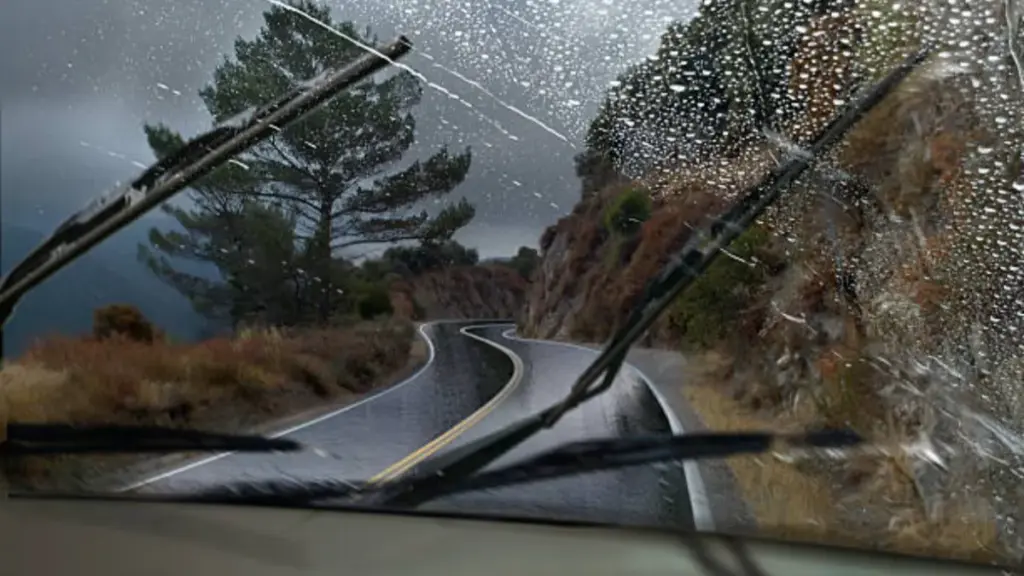
Die Auswahl der rechten Scheibenblattbeschichtung hängt von Ihren Fahrbedingungen ab, Fahrzeugtyp, und lokales Klima. Unterschiedliche Beschichtungen bieten unterschiedliche Vorteile, Die Auswahl des am besten geeigneten Gewähres sorgt für eine optimale Leistung, Sicherheit, und Langlebigkeit. Unten, Wir brechen Empfehlungen auf, die auf Klima- und Fahrzeugtyp basieren.
Durch Klima
- Milde und mittelschwere Klimazonen: Für Bereiche mit leichtem Regen und mäßigen Temperaturen, Graphit beschichtete Klingen sind ausreichend. Sie bieten ein reibungsloses Abtauchen und reduzieren das Streifen mit geringem Haushaltskosten. Ihre Haltbarkeit ist für Regionen ohne extrem Erkältung oder Wärme ausreichend, sie ideal für das Fahren der Stadt machen.
- Regionen mit saisonalem Regen und Schnee: Teflon-beschichtete Klingen gut abschneiden in Gebieten mit saisonalem Regen, Schneeregen, oder leichter Schnee. Ihre geringe Reibung und Elastizität sorgen für einen ruhigen Betrieb und eine längere Lebensdauer als Graphit, bei der Aufrechterhaltung einer wirksamen Wasserentfernung unter unterschiedlichen Bedingungen.
- Extreme Wetterbereiche: Für Regionen mit starkem Regen, Schnee, oder sehr heiße Sommer, mit Silikon beschichtete Klingen werden empfohlen. Silikon behält die Flexibilität bei der Einfriertkälte und widersteht Wärmeschäden, Bereitstellung einer konsequenten Wisch- und Wasserabweisungsleistung unter harten Bedingungen.
Nach Fahrzeugtyp
- Kompakte und wirtschaftliche Autos: Graphit beschichtete Klingen sind ideal für kleinere Fahrzeuge mit Standard -Windschutzscheiben. Sie bieten zuverlässige Leistung zu geringeren Kosten, Geeignet für Fahrer, die Erschwinglichkeit und grundlegende Effizienz priorisieren.
- Limousinen, SUVs, und Mittelklassefahrzeuge: Teflon-beschichtete Klingen sind eine ausgewogene Wahl. Sie sorgen für glatt, ruhiges Wischen, besserer Wetterwiderstand als Graphit, und längeres Lebensdauer, Sie für tägliche Pendel- und Mischwetterumgebungen geeignet machen.
- Hochleistungs- oder Luxusfahrzeuge: Mit Silikon beschichtete KlingeS sind die beste Wahl. Ihre überlegene Allwetterleistung, wasserabweisende Wirkung, und lange Lebensdauer machen sie ideal für Hochgeschwindigkeitsfahrten, Große Windschutzscheiben, oder Fahrzeuge, die Prämie benötigen, Wartungswartungslösungen.
Die Auswahl der rechten Scheibenblattbeschichtung sorgt für eine optimale Leistung für Ihre Fahrzeuge und Kunden. Bei Cl wiper, Ein professioneller Wischerblatthersteller, Bietet hochwertige, langlebige Produkte für jede Anwendung. Kontaktieren Sie uns noch heute Um ein Angebot anzufordern und herauszufinden, wie unsere Premium -Wischerlösungen Ihre Groß- oder OEM -Bedürfnisse erfüllen können.

